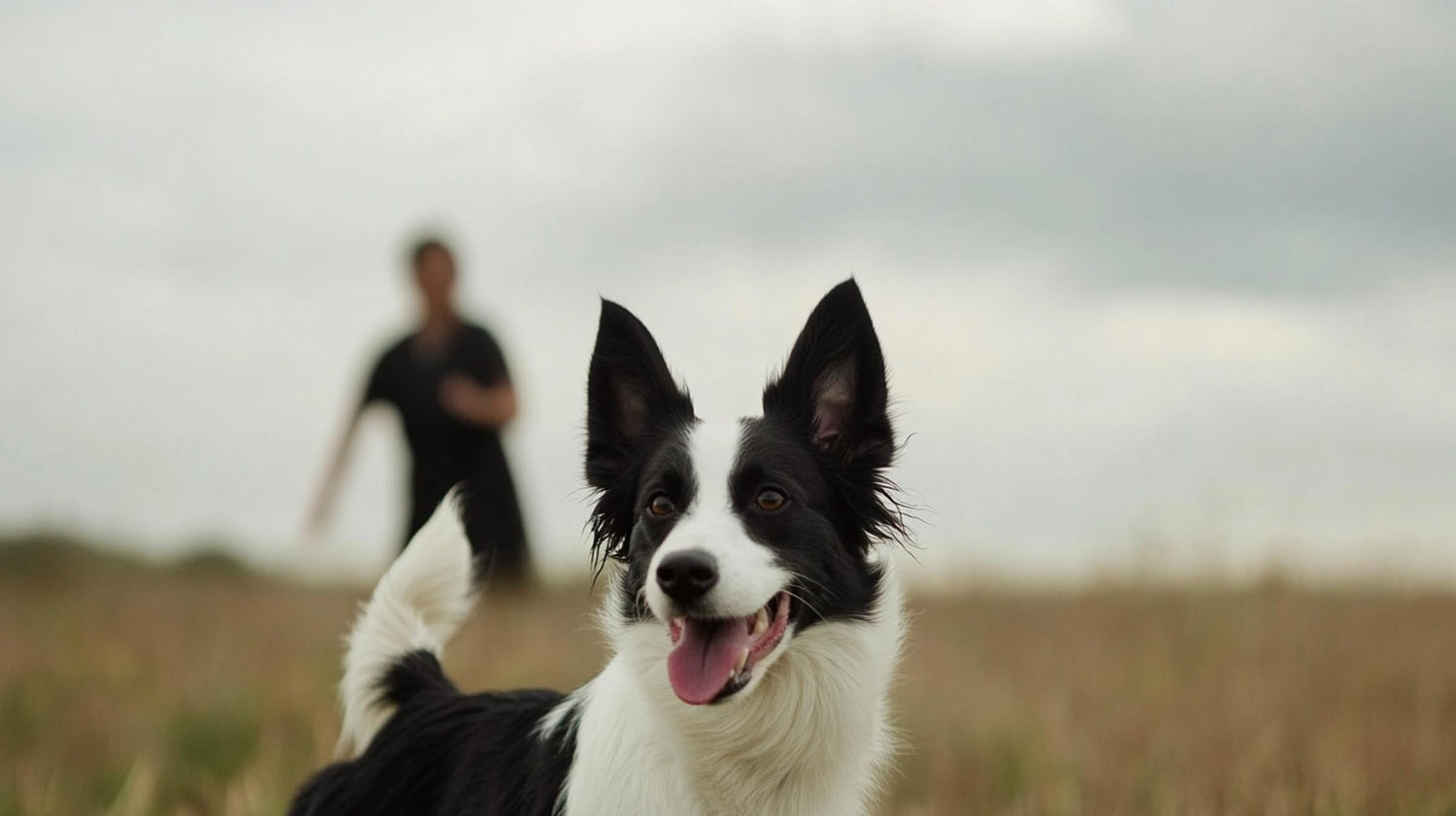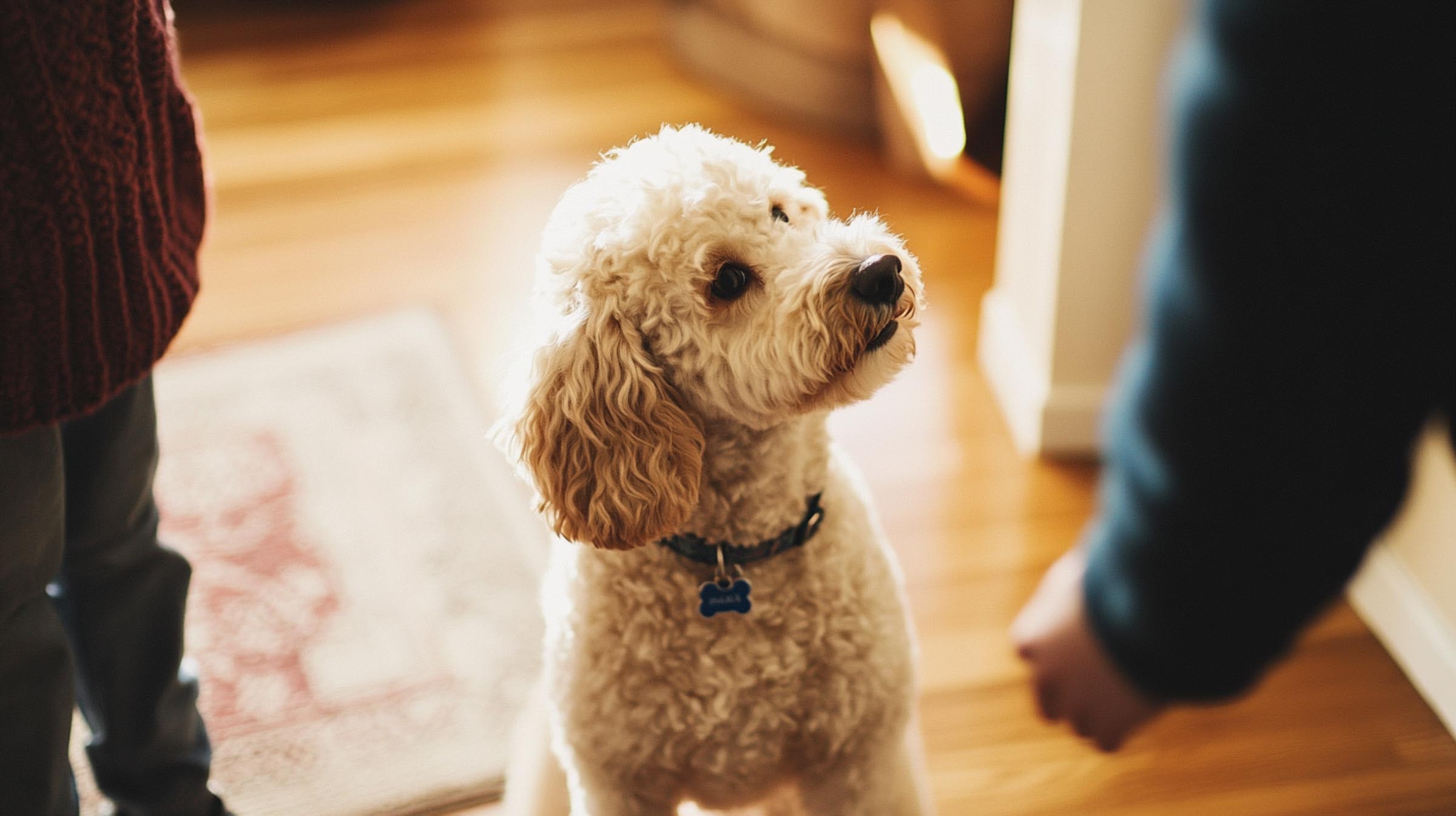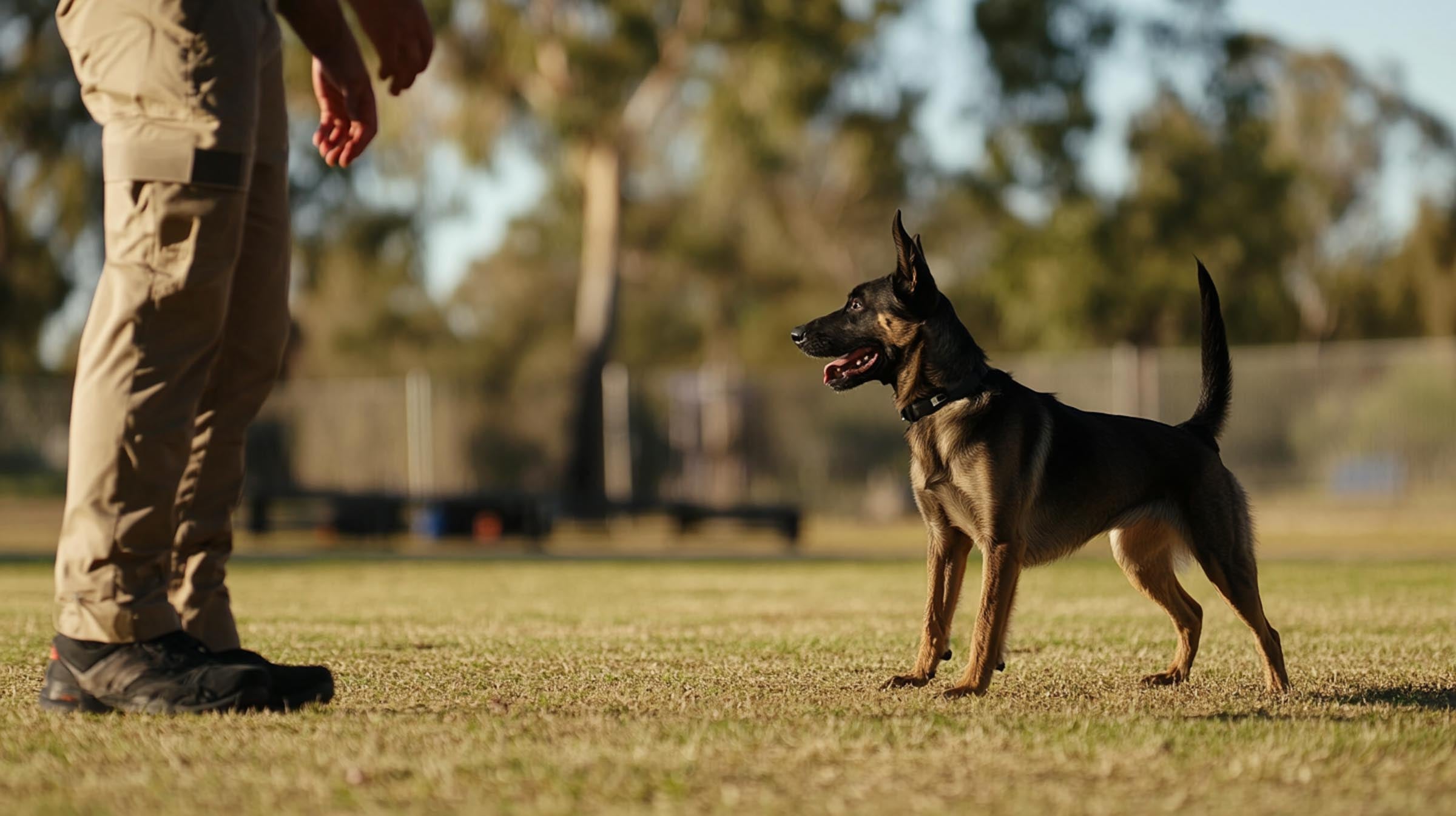Training off-leash recall commands is one of the most important skills for ensuring your dog's safety and freedom. When your dog learns to reliably come back when called, even amidst distractions, you’re not only reinforcing obedience but also preventing dangerous situations like traffic accidents or encounters with wildlife. This guide will walk you through step-by-step methods to effectively train your dog’s off-leash recall, building reliability, and confidence in diverse settings.
Summary
- Use consistent recall cues like “come” or “here.”
- Start training in controlled environments and gradually introduce distractions.
- Reward consistently but phase out visible treats over time.
- Practice emergency recall words for high-stress situations.
- Train advanced commands like “emergency sit” for added safety.
- Always make recall training positive with high-value rewards and praise.
Starting Recall Training
Begin your off-leash recall training in a quiet, controlled environment where your dog can focus on you without many distractions. Using a specific recall word like “come” or “here” helps the dog associate a direct action with your command. Repetition and consistency are key to building this behaviour.
Steps to Begin:
- Use a long leash at first, so your dog has some freedom but remains under your control.
- Say your chosen recall word in a clear, upbeat voice, and offer a high-value reward—this could be a favourite treat, toy, or lots of praise—when your dog returns.
- Practise short distances initially, and gradually increase as your dog becomes more responsive.
Tip: Practise calling your dog in different rooms or from short distances in the house to set the foundation of strong recall in more challenging outdoor settings.
Positive Reinforcement
Positive reinforcement is critical in ensuring your dog consistently follows recall commands. Always reward your dog when they come back to you to make responding more appealing than any distraction they might encounter.
Key Techniques:
- Reward your dog immediately after they respond to your recall. The quicker the reward follows the command, the stronger the association will be.
- If your dog hesitates, try to make the reward (e.g., treats, praise) more enticing and exciting.
- Use enthusiastic praise like “Good job!” or physical rewards like belly rubs to keep your dog motivated even after they’ve mastered the recall.
Avoid Over-Reliance on Visible Rewards: Over time, dogs may expect to see a treat or toy before obeying. Hide treats in a pocket or use praise to encourage responsiveness even when no treat is in sight.
Phasing Out Visible Rewards
Once your dog reliably responds to recall commands, it’s important to phase out the visible use of treats and toys to ensure your dog obeys without expecting a reward every time. This prevents dependency on seeing the treat before coming to you.
Phasing Out Process:
- Gradually reduce treat frequency: Start rewarding your dog every second or third recall, not every single time.
- Use invisible rewards: Keep treats hidden in a pocket to maintain the element of surprise.
- Transition to life rewards: Use real-world rewards like play or allowing them to sniff an interesting spot as their reward for obeying the recall.
Handling Recall Failures
Even well-trained dogs might fail to respond to recall commands in overwhelming or high-stress situations, like when they encounter a small animal or are startled by loud noises. It’s essential to stay calm and have a plan in place.
Strategies for Success:
- Emergency Recall Words: Train a special recall word like “here” or “this way” for emergency situations. This word should be associated with extra-high-value rewards and only used in critical moments.
- Stay Calm: Never chase after your dog if they ignore your command. This could turn into a game for them. Instead, remain calm and use a fun, excited tone to coax them back to you.
- Return to Controlled Practice: If your dog ignores your recall in a stressful situation, go back to controlled environments to practise and strengthen the command again.
Training Recall from Distractions
Recall commands should be tested in various real-world scenarios to ensure your dog responds even when distracted. Training with distractions requires patience, but it’s vital for off-leash reliability.
Steps for Success:
- Start with Mild Distractions: Use controlled environments like your backyard, introducing mild distractions such as a friend walking by or a toy being rolled past.
- Increase Distraction Levels: Gradually build up to bigger distractions, like a jogger or other dogs playing nearby.
- Reward Heavily: When your dog recalls from a high-level distraction, offer significant rewards to reinforce their good behaviour.
The “Emergency Sit” Command
In case your dog doesn’t respond to recall in a dangerous situation, teaching an “emergency sit” command can be a lifesaver. This command stops your dog from running further into danger and gives you time to safely approach them.
How to Teach the “Emergency Sit”:
- Practice in a controlled setting: Start by teaching your dog to sit from a distance, using a hand signal or voice command.
- Gradually increase the distance between you and your dog as they learn to respond.
- Reward heavily when your dog stops and sits, especially in distracting situations.
This command works well as a backup when your dog fails to respond to recall but can still hear and see you.
Conclusion
Training your dog for off-leash recall is a gradual, rewarding process that strengthens the bond between you and your dog. Start in controlled environments, using high-value rewards and consistent commands. As your dog improves, phase out visible treats and practice in increasingly challenging environments. Always remain calm in stressful situations, and consider training an emergency recall or sit command for added safety. With patience, persistence, and plenty of positive reinforcement, your dog will master off-leash recall, giving both of you more freedom and safety.




Leave a comment
This site is protected by hCaptcha and the hCaptcha Privacy Policy and Terms of Service apply.